“Where’s my teeth?”
That’s what 4-year-old Beau Henderson asked Dr. Miguel Simancas-Pallares when he arrived at the Adams School of Dentistry at the University of North Carolina at Chapel Hill (UNC) last week. The man Beau calls “his friend” showed him his new upper and lower dentures. Beau saw them and thought they were so cool, said his mom, Kristie.
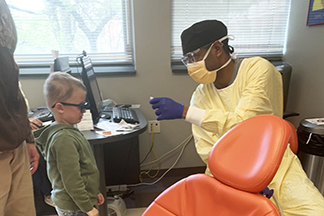
Then reality set in-he had to try them on. First, Dr. Simancas put in the bottom denture. Beau’s tongue immediately pushed it out, a pretty normal occurrence when your tongue isn’t used to having something in your mouth. Because Beau is affected by hypohidrotic ectodermal dysplasia (HED), his only teeth are four molars.
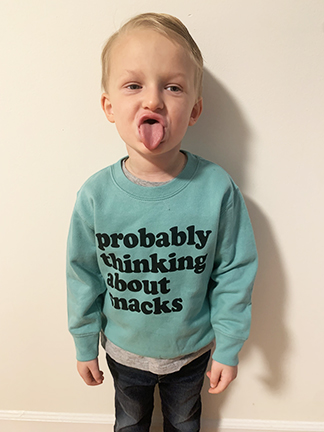
Over and over, he kept pushing the lower denture out. The dentures were just not as cool as Beau thought they would be. Eventually, Dr. Simancas was able to successfully adjust the fit. Then, he tried the top denture. Beau just wasn’t having it, his mom said.
The denture has metal clasps in the back where they attach to Beau’s molars. While he had practiced with the wax preliminary dentures in his mouth a few weeks prior, those didn’t have the metal clasps to achieve more stability. He simply would not keep the upper denture in.
The Hendersons headed home, determined to help Beau adjust to his new teeth. They weren’t giving up. Each day, they would try and have Beau put in his dentures. He started out wearing the lower denture for a minute or so but would take them out. But, each day, he wore the lower one a little bit longer.
A Sweet Offering
Then came the strawberry Twizzler incentive. A week after getting the dentures, Beau was at his brother, Weston’s ball game. His grandpa, who Beau calls Papa Chip, was there, too, snacking on strawberry Twizzler licorice.
Papa Chip told Beau he would give him a package of strawberry Twizzlers if he would put both his upper and lower dentures in at the same time. When the family got home, Beau went straight to the dentures. With Papa Chip’s promise of Twizzlers ringing in his ears, he couldn’t wait to put them in.
He turned around and showed his family. Kristie, her husband, Mitch, and Weston just quietly stared at him for a minute.
Big brother Weston said, “Whoa.” Then, charming Beau smiled and shrieked, “Cheese! Cheese! Cheese!”
“I got chills!” Kristie said. “’Who is that?’ I thought to myself. His face was completely filled out from the dentures. He looked just like my husband for the first time. Without the dentures, he looks like me.”
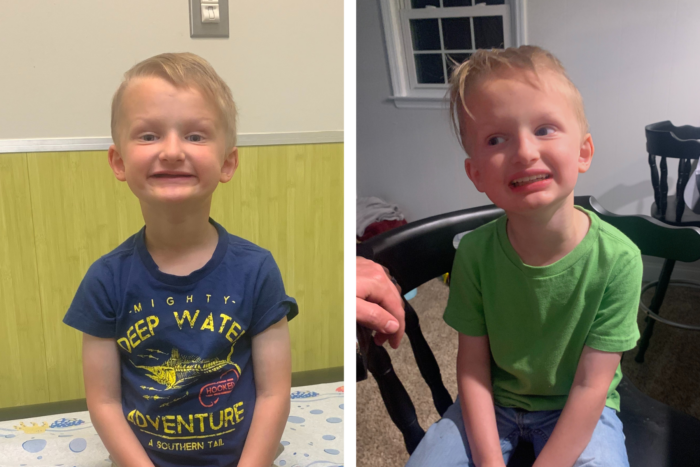
Beau then exclaimed, “I want to bite something!”
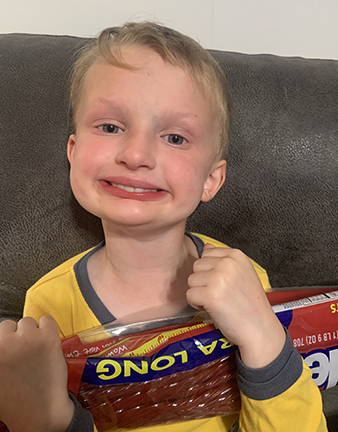
Kristie offered her finger but Beau wanted food! She grabbed a Pringles chip. Beau bit right into it and his eyes grew big. He had never been able to do that. He was so excited that he wanted to Facetime everyone. Kristie’s sister told Beau how proud she was of him. The proud parents grabbed their phones to photograph his new smile.
Kristie excitedly sent Dr. Simancas the photo of Beau wearing his new teeth. The caring doc responded quickly about how pleased he was about Beau’s progress. Since this was the first time he kept in his upper denture, Mitch and Kristie could see that it needed a small adjustment to fit better. On Easter Sunday night, they made the trek back to North Carolina to have Dr. Simancas tweak them.
The drive to see the UNC team takes the Hendersons three and a half hours from their South Carolina home. But it’s all worth it, Kristie says. It took them three long and frustrating years to find a dental team who could help them.
How Beau’s Dental Adventure Began
While Kristie’s dad has always worn dentures, they didn’t know that he had a genetic disorder and that she was a carrier. Beau was a year old when his doctor was concerned that he had not yet developed teeth. Early dental x-rays showed tooth buds for his molars so the doctor thought things would be fine. But the molars were slow to erupt. Every three months, their dentist had them come in to check his development.
Finally, at 18 months, a pediatrician told the worried parents that Beau had every marker for ectodermal dysplasia. After genetically testing Beau and Kristie, the results showed they were affected by HED. The family pieced it together that Kristie’s dad and other extended family members also had the condition.
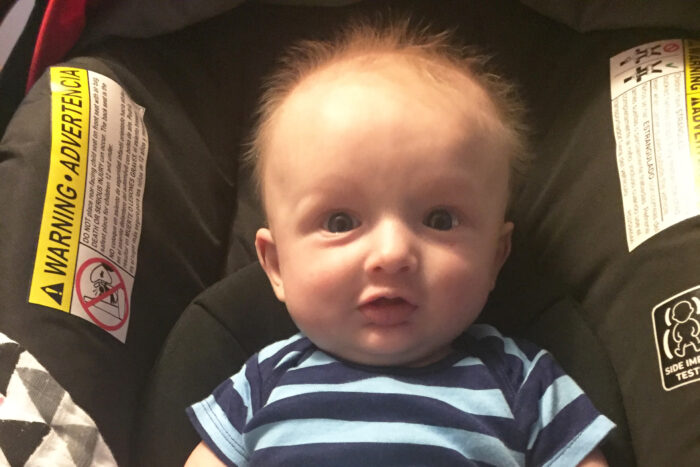
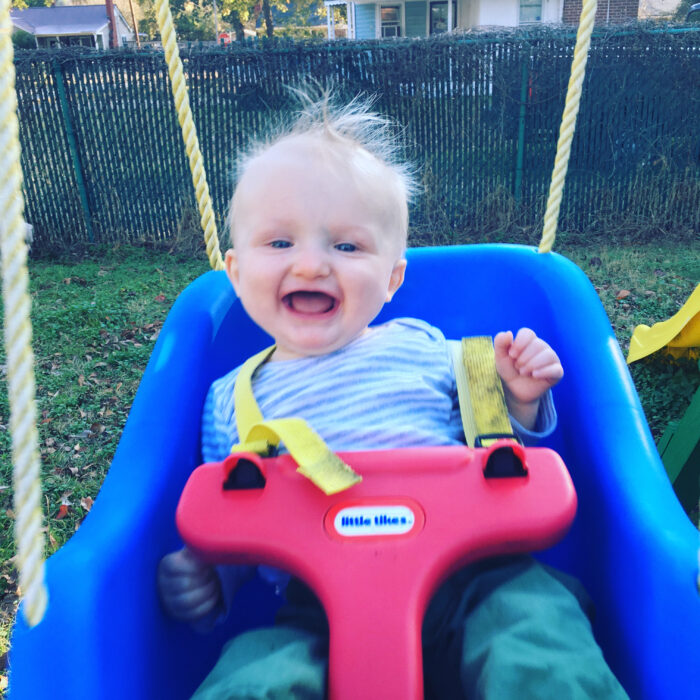
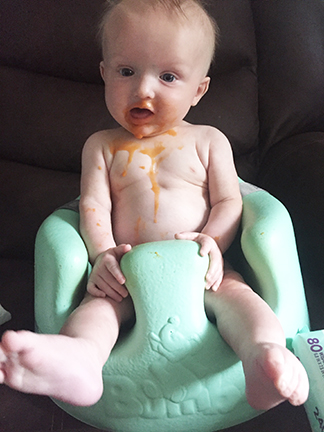
Mitch and Kristie went to their local dentist with the new diagnosis. He had treated other individuals with ectodermal dysplasias, but he had never seen a case as severe as Beau’s and felt he could be better treated by a specialist, Kristie said. Next, they saw a dental team at a university (other than UNC). That team also didn’t feel comfortable treating their 3-year-old and wanted to wait until he was older.
“They didn’t want to do any prosthetics or anything until he was like 7, 8, 9, a lot older. I was like, he needs something when he goes to school,” Kristie said. “Kindergarten is totally different than day care. At day care, he has been with the same kids for four years. But going into kindergarten, I don’t want him to feel left out. It was also really starting to affect his speech. So we kept going to the university for cleanings and checkups until finally his four molars emerged. He has one on the top on each side, and one on the bottom on each side. But that’s it, that’s all he has.”
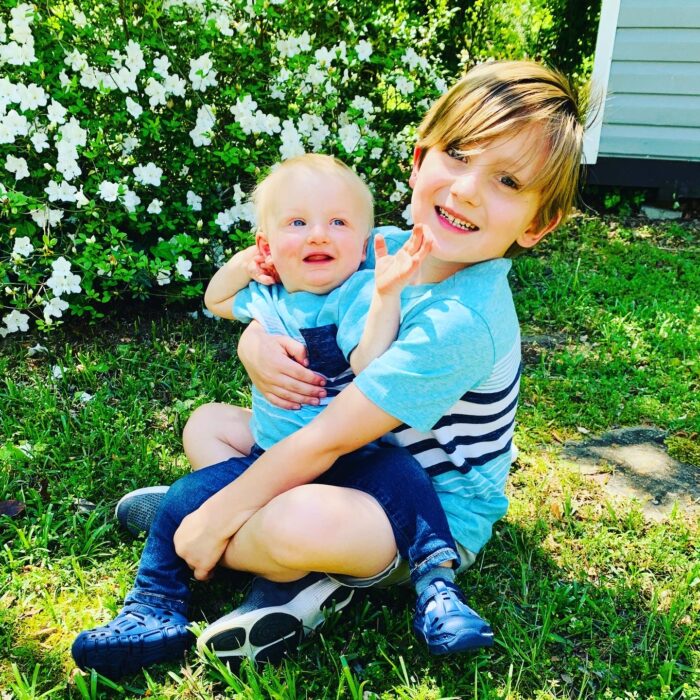
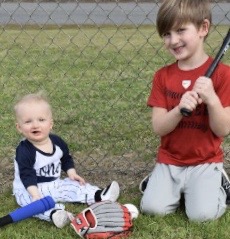
Weston has always been very supportive of his little brother and often serves as a translator. Kristie says he always knows exactly what Beau, who is a big talker, is saying when others may not.
Realizing He Was Different
The university dental team referred the family to their craniofacial team. That team didn’t feel comfortable treating someone so young either, Kristie said. The Hendersons were frustrated. Plus, Beau was noticing that he was a little different than his peers. He told his parents about how he couldn’t bite certain things.
“He kept saying, ‘I don’t have teeth. I don’t have teeth.’ We knew we had to figure out something,” Kristie said. “We spent all this money and all these trips to the dentist and they knew nothing. That’s when I finally reached out to Kelley at the NFED. I was like, ‘we need help. We don’t know what to do.’ She referred us to UNC, and we saw Dr. Simancas. They are amazing! They are so good to us. He is the sweetest person ever. Beau and him have the best relationship. When we saw him, he was like Beau’s treatment was no big deal. This was just a walk in the park for him. He didn’t say anything about ‘Oh, my gosh! His case is so severe!’ Nothing. Just totally normal.”
That was comforting for them. Together, the Hendersons and Dr. Simancas developed a treatment plan in January. Dr. Simancas attempted to use 3D imaging to make the dentures but the almost non-existent tissue in the front made it difficult to get an accurate display, she said. They ended up using traditional wax molds to make the dentures instead. Even when that process was difficult for Beau, Dr. Simancas and his team were patient and gave him breaks and prizes.
Long Distance Care
The family doesn’t mind the challenging travel logistics because they are so pleased with how the treatment process is going. They rent a hotel room the night before an appointment since several hours in the car and then additional time in the dental chair is too long of a day for a 4-year-old. When they arrive, Beau hops out of the car and knows just where to go. While Dr. Simancas is teaching him how to adjust to his new teeth, Beau is teaching him all about fishing!
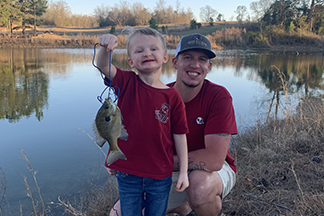
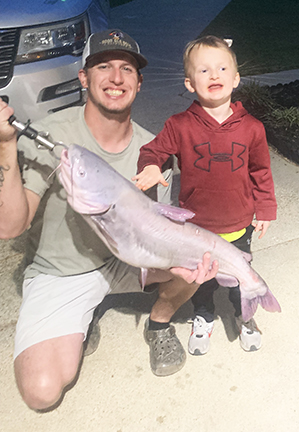
“Dr. Simancas told Beau he had never caught any fish before,” Kristie said. “Beau told him what he has to do, that you can’t go when it’s too cold, or when it’s raining, you have to go when it’s warm, but it can’t be too hot. He went through the whole thing with him!”
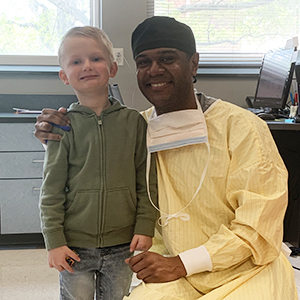
Dr. Simancas says he has enjoyed helping the Hendersons.
“I feel extremely grateful for all the work that the NFED does for our patients. Thanks to the NFED, I met the Henderson family. Working with the Henderson family, it’s been truly a blessing. I am happy that here at UNC Chapel Hill we were able to offer options to provide Beau alternatives due to his multiple missing primary teeth. Beau is a wonderful patient; he is very engaged with the treatment, enthusiastic to come to every appointment and see his friends. We have lots of fun every visit! He loves telling us about his family and friends, and more importantly, I have learned how to fish thanks to Beau! We look forward to continuing dental care for Beau here at UNC Chapel Hill as he grows, but more importantly, share more moments and stories!
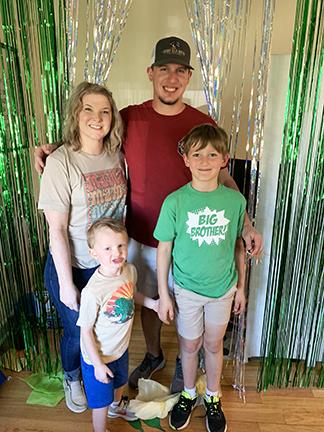
Four years into their ectodermal dysplasias journey, Kristie says finding the right care provider has been their biggest challenge.
“We wanted to find a dentist who didn’t make us feel like we were the only one [with HED]. We kept hearing how severe his case was, and how their other kids are missing only two or three [teeth], and Beau didn’t have any teeth for a long time. So, that was the biggest challenge-just finding somebody who actually understood what was going on, someone who could give us answers.”
Now they have found that with Dr. Simancas and the UNC team. And they have the smiles to prove it! Each day, Beau is making progress in wearing his new teeth with the encouragement of his family.
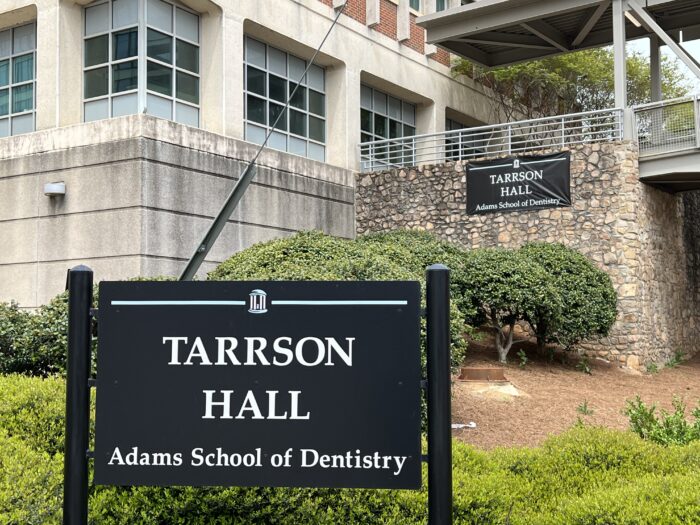
The NFED has a network of Dental Treatment Centers throughout the United States. Learn more and apply for a referral.
Would you like to share your experience with ectodermal dysplasia? Send us your story and photos today!
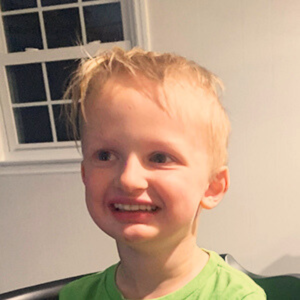
Love this family and love Beau’s special doctor. What a blessing from a family’s love dedication amd hard work.
Thanks for all your help and what you are doing and have done I am Beaus great aunt it is just wonderful to see his progress. May God richly bless you.
Thank you for sharing my grandson’s story. His parents don’t give themselves enough credit. They are great parents and will go to the ends of the Earth for their kids! Thank you NFED for helping them help their son!
Thanks for the information. My son is almost 7 and has HED and we have struggled finding someone who would help with dentures because of his age. We live in Australia so it’s good to know we might find a dental clinic soon!
This!! We also live in South Carolina and my son is 2 right now. All I keep hearing from everyone is how rare this is and how I will struggle to find someone to help my son in the area. His x-rays show only his 2 top k9 teeth and no others, we have been so lost in this process and reading this really does give us hope, Thank you!